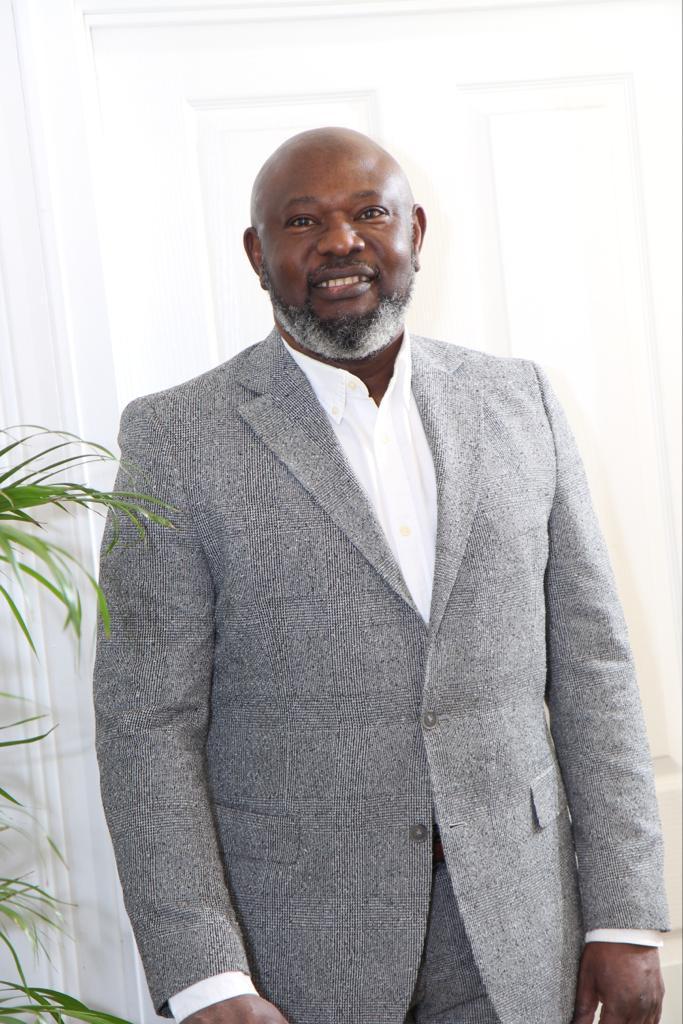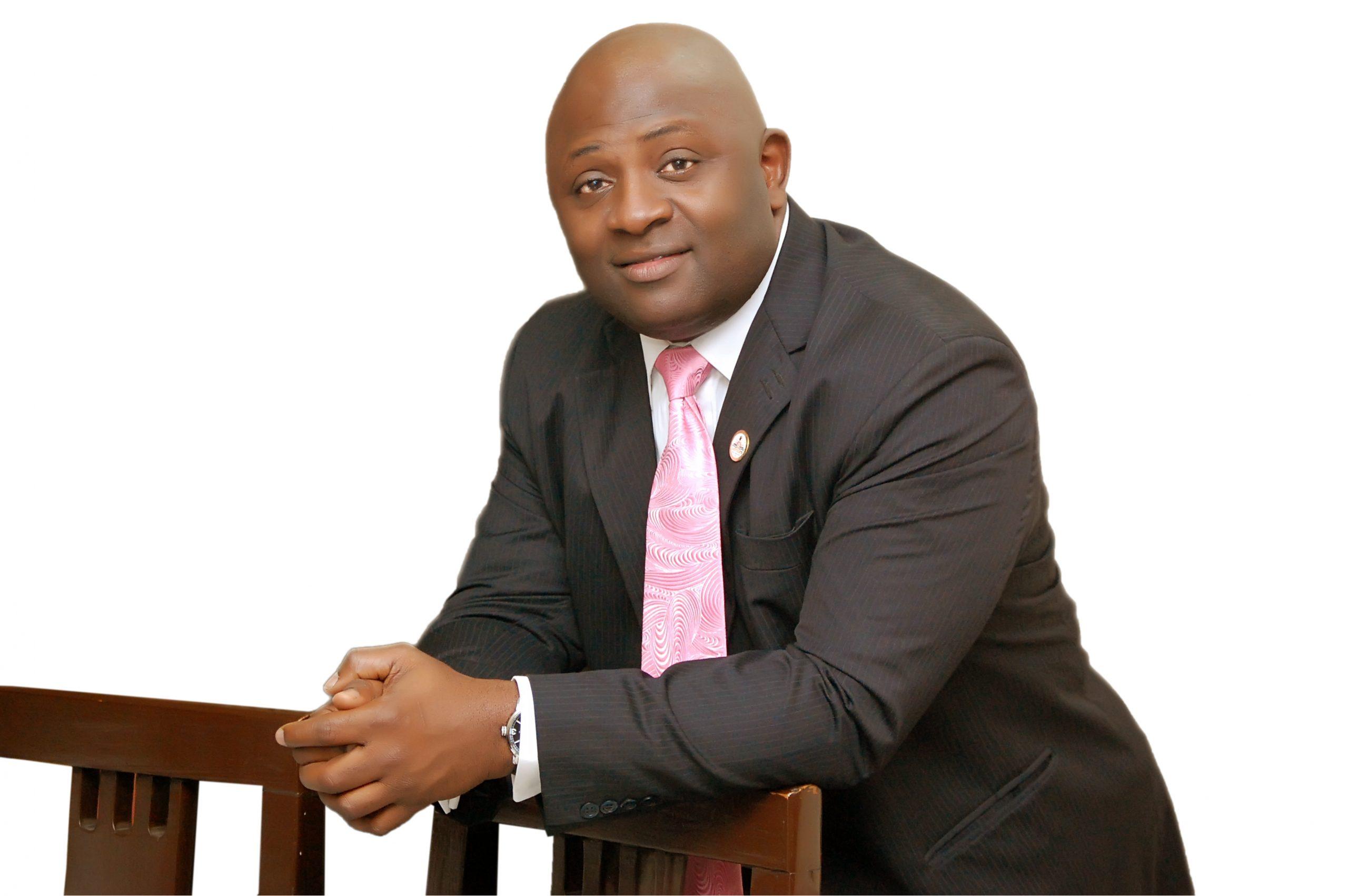California health officials set new rules on Friday that would allow Disneyland and other theme parks, stadiums and outdoor entertainment venues to reopen as early as April 1, after a closure of nearly a year due to the coronavirus pandemic.
But the return of Mickey Mouse to the “Happiest Place on Earth” and live spectators to the California ball parks of America’s favorite pastime still come with major caveats.
Theme and amusement parks would be permitted to restart on April 1 with severely limited capacity, but only if the counties where they operate are removed from the “purple” tier of California’s color-coded COVID-19 restrictions, the system’s most stringent classification.
Masks and other safety measures would still be required, and the parks initially would be open only to state residents. Attendance would range from 15% to 35% of normal capacity.
Outdoor stadiums, ball parks and performance arenas would also be allowed to welcome back live audiences starting April 1, though at a fraction of maximum seating and subject to the same tiered system of constraints.
Opening day turnouts for Major League Baseball games would be muted affairs in Southern California, with no more than 100 spectators allowed in venues located in purple-zoned counties.
That would include the stadiums of the Los Angeles Dodgers, the San Diego Padres and the Anaheim Angels. San Francisco and Oakland, home of the Giants and the Athletics, respectively, are currently designated red, which would limit seating to 20% capacity.
The changes in California, a leading U.S. epicenter of the pandemic during a year-end holiday surge of cases that strained healthcare systems to the breaking point, come as the rate of infections across the country has slowed and vaccinations are on the rise.

But state health officials have charted a cautious reopening approach even as Governor Gavin Newsom has come under mounting political pressure, including the threat of a recall election, to relax restrictions on the state’s social and economic life.
Walt Disney Co’s Anaheim-based Disneyland lies in the heart of Orange County, which like neighboring Los Angeles and San Diego counties, has remained purple for months, a designation that the prevalence of COVID-19 cases and infection rates are dangerously high.
On Thursday, Newsom announced a “modest loosening” of tier definitions by factoring in the increasing vaccinations within vulnerable communities.
This would allow counties designated purple, for example, to progress more quickly to the red tier, where amusement and theme parks were previously ordered closed.
Friday’s announcement means theme parks in red-zoned counties could reopen at 15% capacity on April 1. The less restrictive orange and yellow tiers would allow reopenings at 25% and 35% capacity, respectively.
Ken Potrock, president of the Disneyland Resort, said in a statement that the decision meant “getting thousands of people back to work and greatly helping neighboring businesses and our entire community.”
But it remained unclear whether rising vaccinations and falling COVID infection rates would go far enough for Anaheim to reach red by the first of next month. And Potrock did not give a date for a Disneyland reopening.
California-based baseball teams issued similar statements welcoming Friday’s announcement and the hope that conditions will allow limited numbers of fans back in stadiums next month.
Disney in September said it was furloughing some 28,000 workers, mostly across its U.S. theme parks in California and Florida. Walt Disney World in Florida reopened last July with limited capacity.
Dodger Stadium and a Disneyland parking lot are currently being used as mass-vaccination sites.
Theme parks such as Disneyland, Universal Studios, Legoland and Knott’s Berry Farm protested strongly last October when California health officials ruled out any quick reopening of their attractions.















